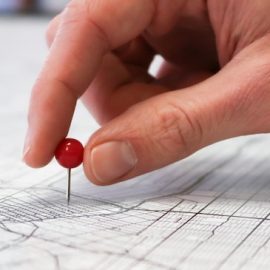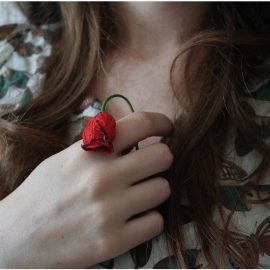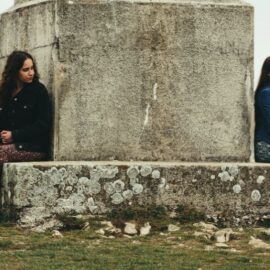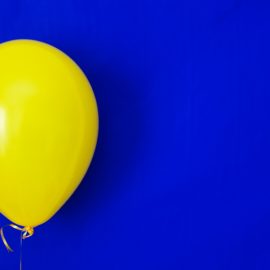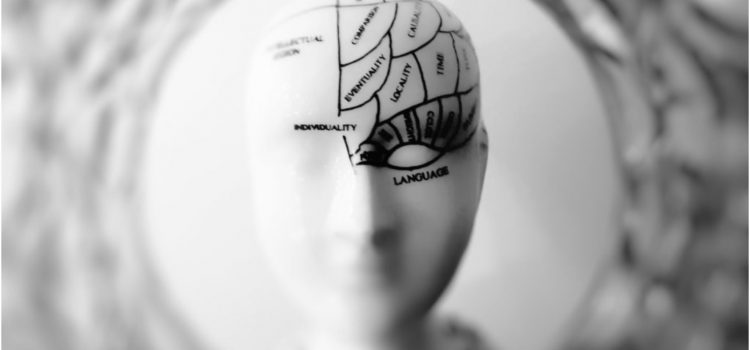
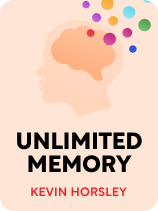
This article is an excerpt from the Shortform book guide to "Unlimited Memory" by Kevin Horsley. Shortform has the world's best summaries and analyses of books you should be reading.
Like this article? Sign up for a free trial here.
What are ways to organize your mind? How can you organize your memories to remember them better?
An associative technique that Kevin Horsley describes in Unlimited Memory is organizing your memories so they’re easier to retain. He recommends strategies in which you associate new pieces of information with things you already know well.
Continue reading for our tips on how to associate memories by organizing your mind.
Creating Organized Memories
Horsley says it’s easier to organize your mind if you associate it with something you know fairly well. For example, imagine you’re trying to memorize the eight primary emotions according to Robert Plutchik: joy, sadness, fear, anger, anticipation, surprise, disgust, and trust. We’ll use a home as our reference point.
Since there are eight things we’re trying to remember, we’ll identify eight places in a typical home that we can associate each word with: the computer, television, closet, dryer, oven, refrigerator, trash can, and thermostat. Now you’ll use the SEE method to create a clear image you can associate with each emotion.
- Imagine yourself happily scrolling through adorable cat pictures on social media, or gleefully purchasing a huge bouncy house online: Your computer represents joy.
- Think of the most heartbreaking movie or show you’ve ever seen and imagine yourself crying giant tears like a cartoon character: Your television represents sadness.
- Think about a huge, terrifying, growling monster hiding in your closet: Your closet represents fear.
- Imagine an angry little fairy getting tossed around and around in your dryer, getting more and more furious: Your dryer represents anger.
- Think about waiting excitedly in front of your oven for a big batch of cookies to finish baking: Your oven represents anticipation.
- Imagine yourself going to your refrigerator and finding it unexpectedly filled with flavorful, colorful dishes from many different cuisines. Your refrigerator represents surprise.
- Imagine going to your trash can and finding it overflowing with rotten food, smelling like a landfill. Your trash can represents disgust.
- Think about adjusting your thermostat, and imagine a giant thermometer with the temperature moving up and down. Consider how you don’t actually know the exact temperature of your home by any other means; you just have faith that the thermostat is correct. Your thermostat represents trust.
According to Horsley, organizing knowledge as you take it in is the best way to learn and memorize it. Every new piece of information you’re trying to memorize (the emotions) is being connected to information that’s already in your long-term memory (areas of your home).
This organizational technique involves a four-step process:
- Identify the organizational reference tool you want to use, such as your car, your body, a place you know well, or a journey or route.
- Identify places in these reference tools where you can place associations.
- Create distinctive images of each piece of information you’re learning using the SEE method.
- Assign each piece of information to one of the places you identified in step 2.
(Shortform note: Horsley’s strategy for creating organized memory is commonly referred to as the method of loci, or the memory palace (among other names). This method has ancient roots in Greek practices, and even beyond into prehistory. It’s widely used by other memory champions like Dominic O’Brien (who memorized a sequence of 2,808 playing cards), Rajveer Meena (who memorized 70,000 digits of pi), and Katie Kermode (who memorized 224 names and faces in just 15 minutes). Its efficacy is also supported by scientific studies. The reason it works so well is that, like our memory for stories, our spatial memory was important to our early survival because it helped us remember safe spaces and other important locations.)

———End of Preview———
Like what you just read? Read the rest of the world's best book summary and analysis of Kevin Horsley's "Unlimited Memory" at Shortform.
Here's what you'll find in our full Unlimited Memory summary:
- Why there's no such thing as a bad memory
- How anyone can train their brain to learn and remember anything
- Memory association techniques and how to use them

